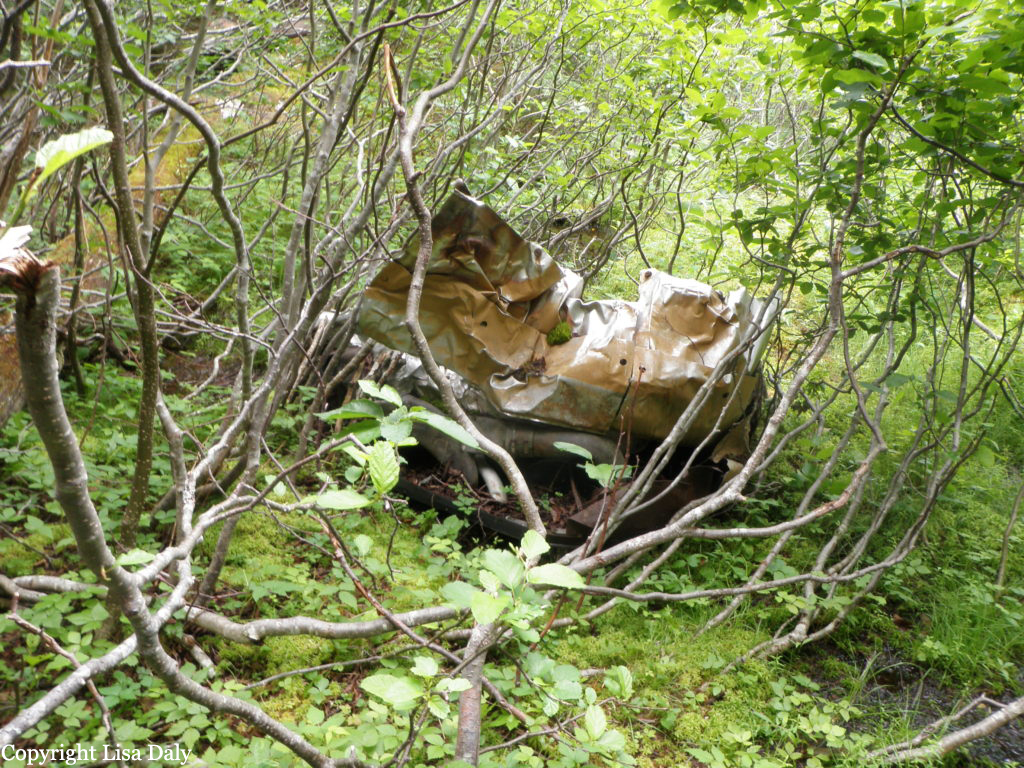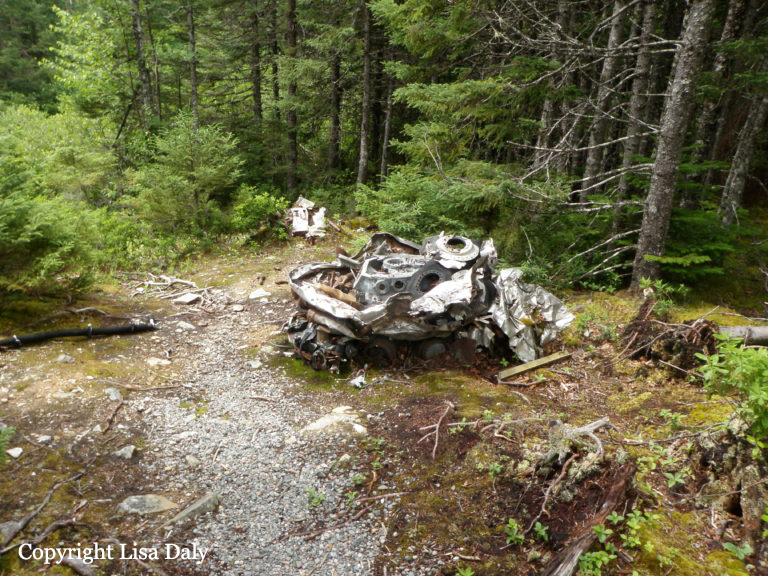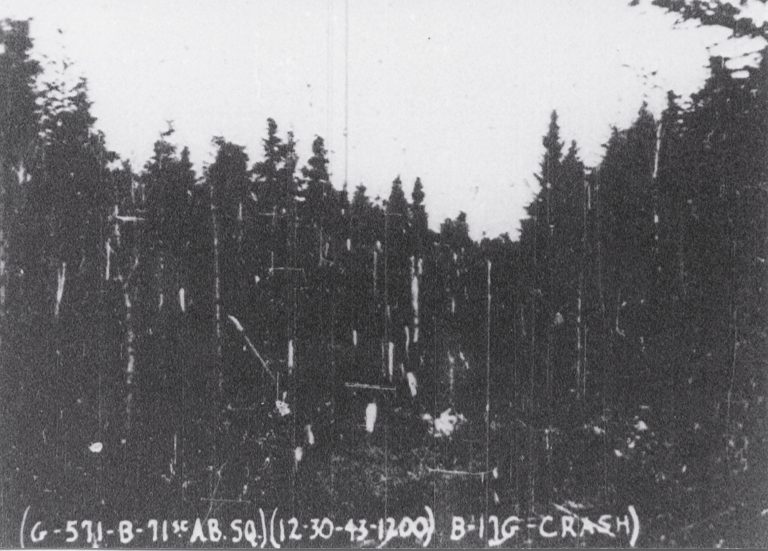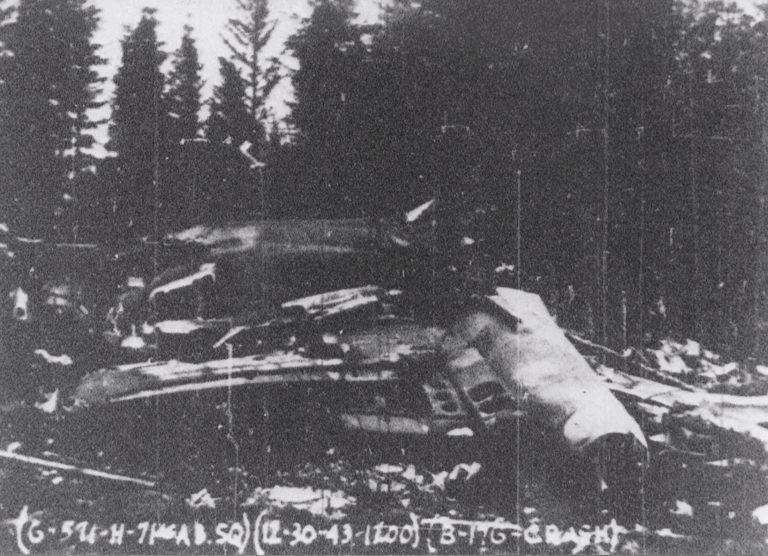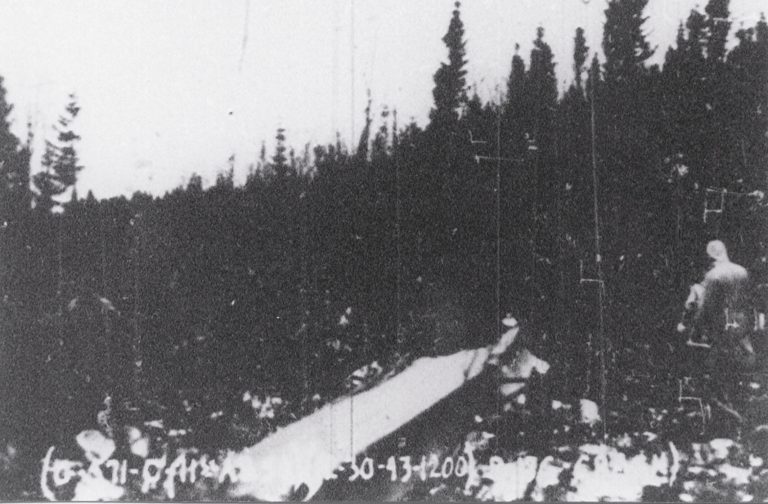Crash of an Avro 694 Lincoln B.2 on Mt Carnedd Llywelyn: 6 killed
Date & Time:
Mar 15, 1950 at 0255 LT
Registration:
RF511
Survivors:
No
Schedule:
Scampton - Valley
Crew on board:
6
Crew fatalities:
Pax on board:
0
Pax fatalities:
Other fatalities:
Total fatalities:
6
Circumstances:
The crew left RAF Scampton in the evening of March 14 on a liaison flight to RAF Valley in Anglesey. While approaching Anglesey from the east by night and in poor weather conditions, the aircraft hit the slope of the Mt Carnedd Llywelyn (1,064 meters high) located in the Carneddau Mountain Range, about 23,5 miles southeast of RAF Valley. The wreckage was found in the early morning and all six crew members were killed.
Crew (230th OCU):
S/L John T. Shore, pilot,
F/Lt Cyril A. Lindsey, navigator,
Eng Ronald A. Forsdyke, Flight Engineer,
Sig Harold Henry Charman, radio operator,
Gnr Godfrey L. Cundy, air gunner,
Gnr Robert H. Wood, air Gunner.
Crew (230th OCU):
S/L John T. Shore, pilot,
F/Lt Cyril A. Lindsey, navigator,
Eng Ronald A. Forsdyke, Flight Engineer,
Sig Harold Henry Charman, radio operator,
Gnr Godfrey L. Cundy, air gunner,
Gnr Robert H. Wood, air Gunner.
Probable cause:
The subsequent Court of Inquiry determined that the likely cause was the crew had turned onto a southeasterly course over Anglesey instead of the reciprocal out to sea. According to some sources, the pilot misheard the instruction to "turn 180 degrees" as "turn 80 degrees" .



